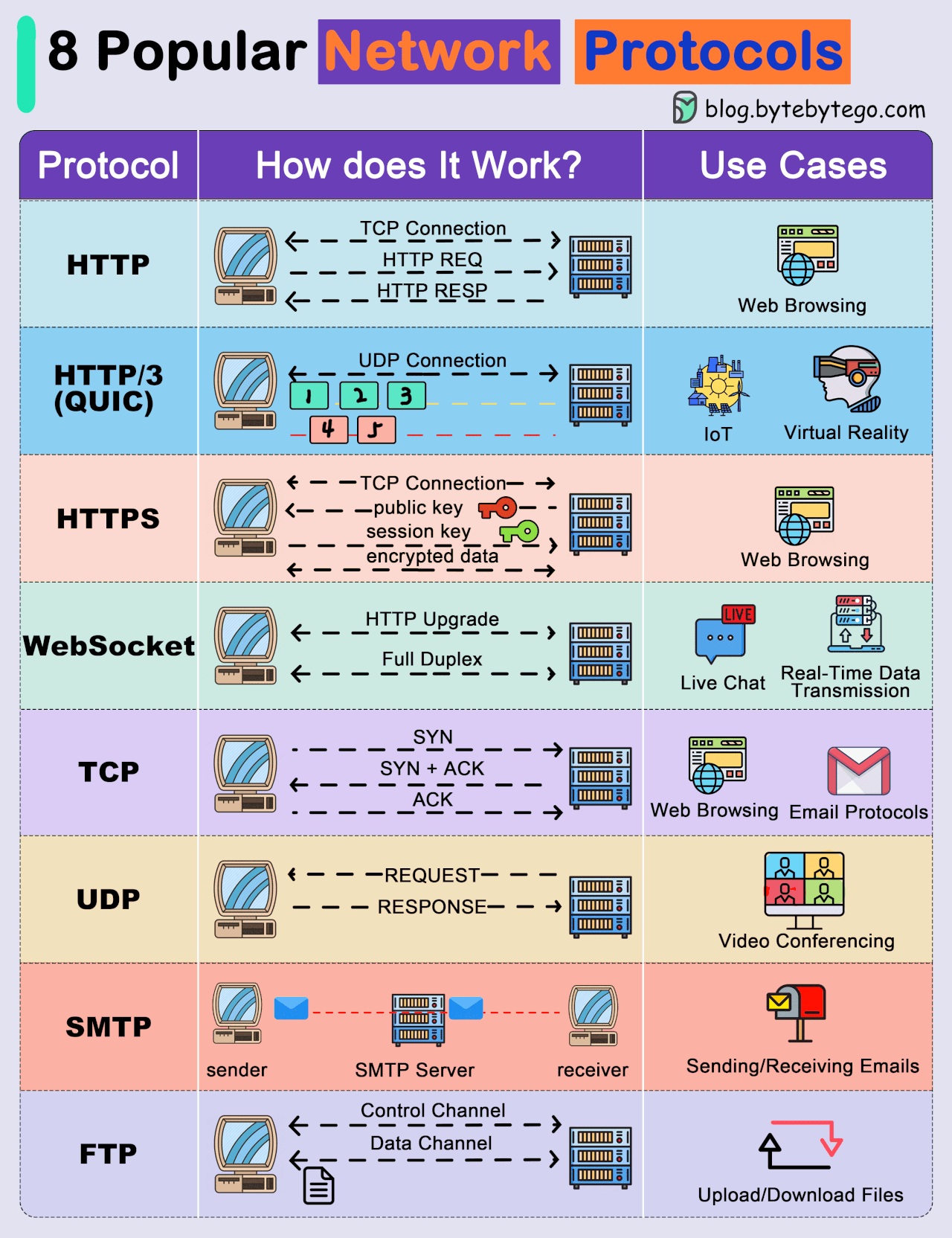Networking Protocols Explained: A Beginner's Guide
 Armaan Singh
Armaan Singh
Networking Protocols are the rules and standards that devices use to communicate with each other over a network. They define how data is formatted, transmitted, and received so that different devices (like computers, servers, and routers) can understand each other.
Common Networking Protocols:
HTTP/HTTPS: Used for browsing the web.
FTP: Used for transferring files between computers.
SMTP: Used for sending emails.

Why We Need Networking Protocols
Without networking protocols, the internet and modern networks as we know them would not exist. Here's why they are essential:
Standardization: Protocols provide a universal set of rules that ensure all devices on a network can communicate effectively, regardless of their differences.
Reliability: Networking protocols include mechanisms for error detection, correction, and data recovery, ensuring reliable communication even in imperfect conditions.
Scalability: Protocols enable networks to grow and connect more devices without compromising performance or reliability.
Security: Networking protocols include security features that protect data from unauthorized access and ensure secure communication across potentially hostile networks like the internet.
Interoperability: Networking protocols allow devices with different hardware and software configurations to communicate, ensuring a seamless user experience.
To study Networking Protocols in detail refer:
Thanks for reading!
CodeBetter 💻
Stay updated with my articles ....
📩 Subscribe to Newsletter, 👨🏻💻 LinkedIn, 🌍 Personal Website, and 📸 Instagram,🎬 YouTube
Subscribe to my newsletter
Read articles from Armaan Singh directly inside your inbox. Subscribe to the newsletter, and don't miss out.
Written by

Armaan Singh
Armaan Singh
React Developer | Top LinkedIn Voice 🌟 | Google Cloud Arcade'24 | Lead @Delta Developers 🚀 | Contributor at GSSOC 🌍